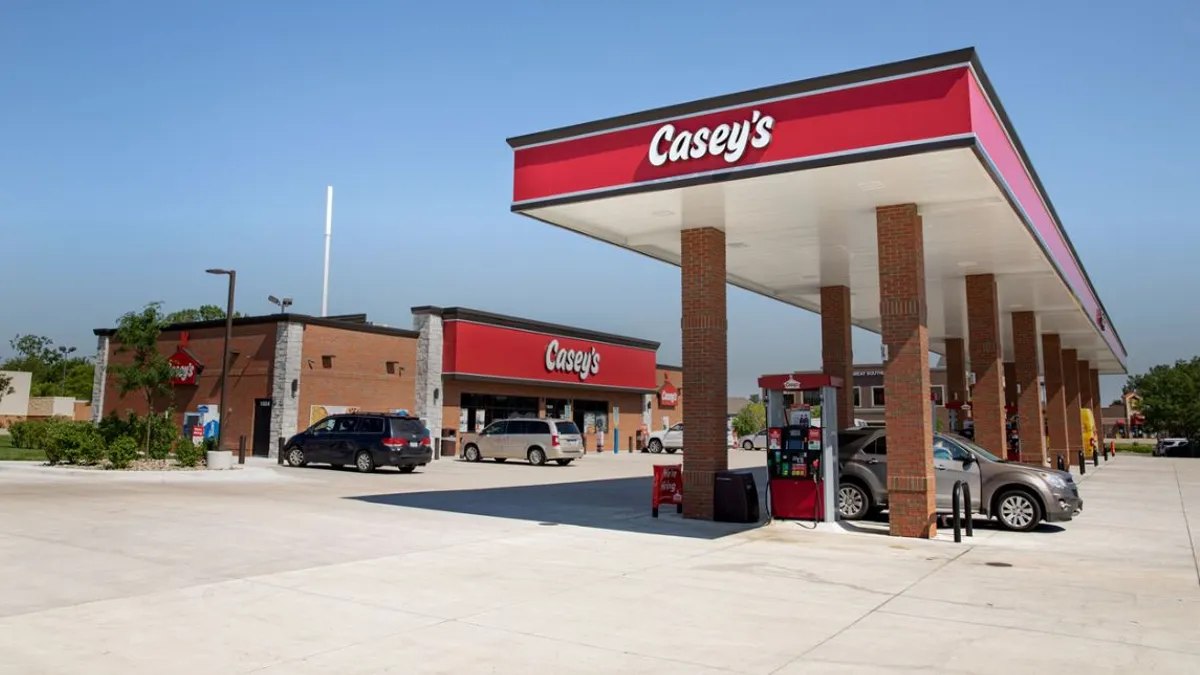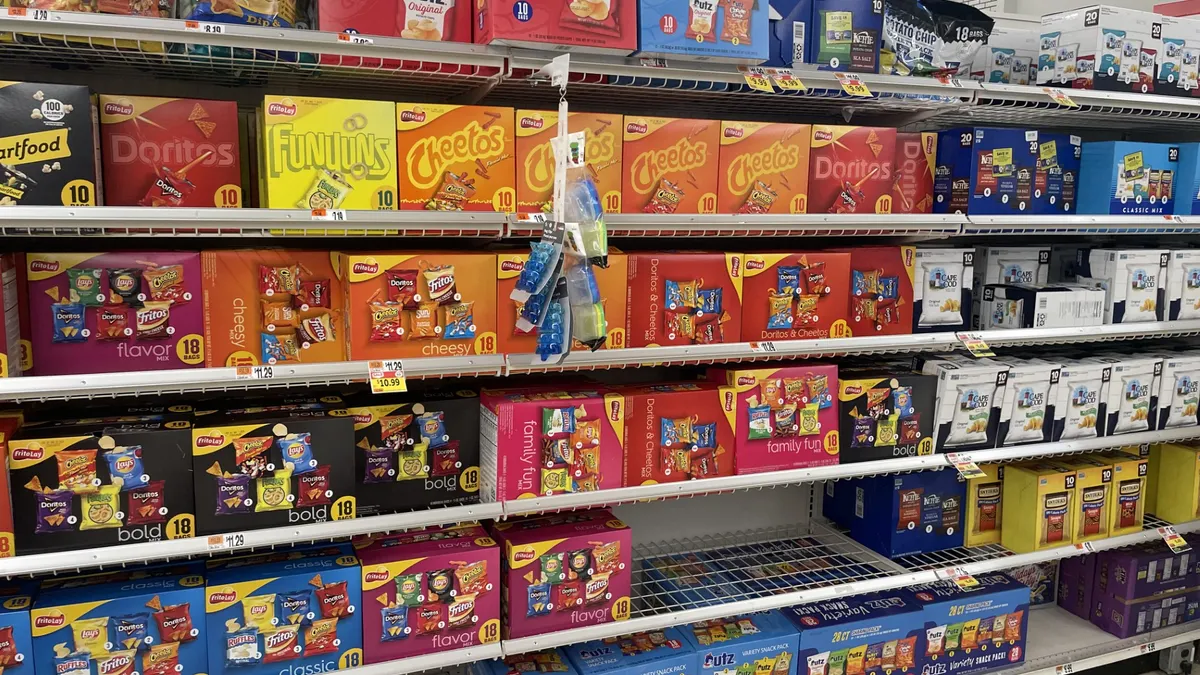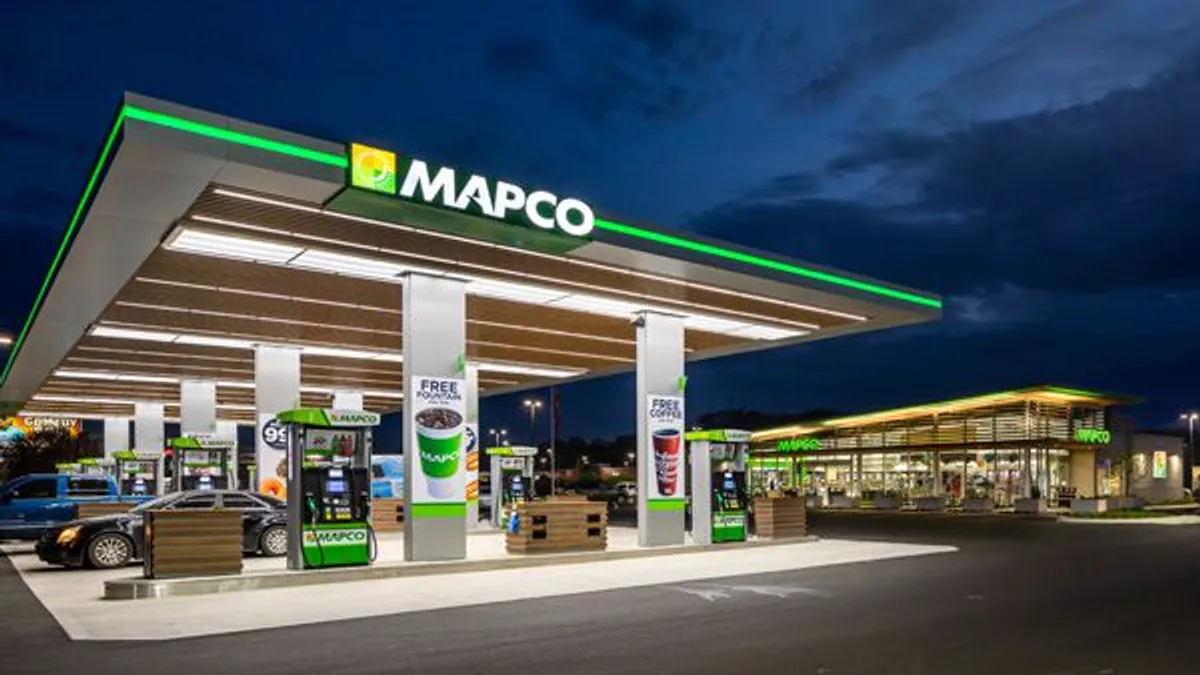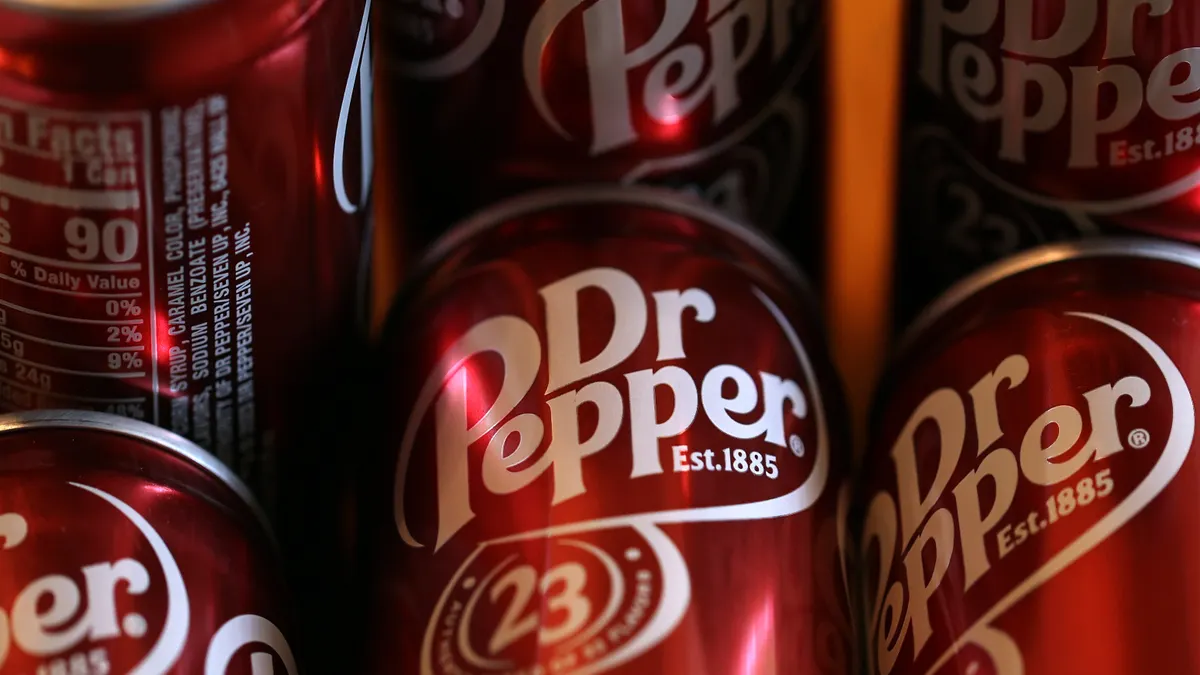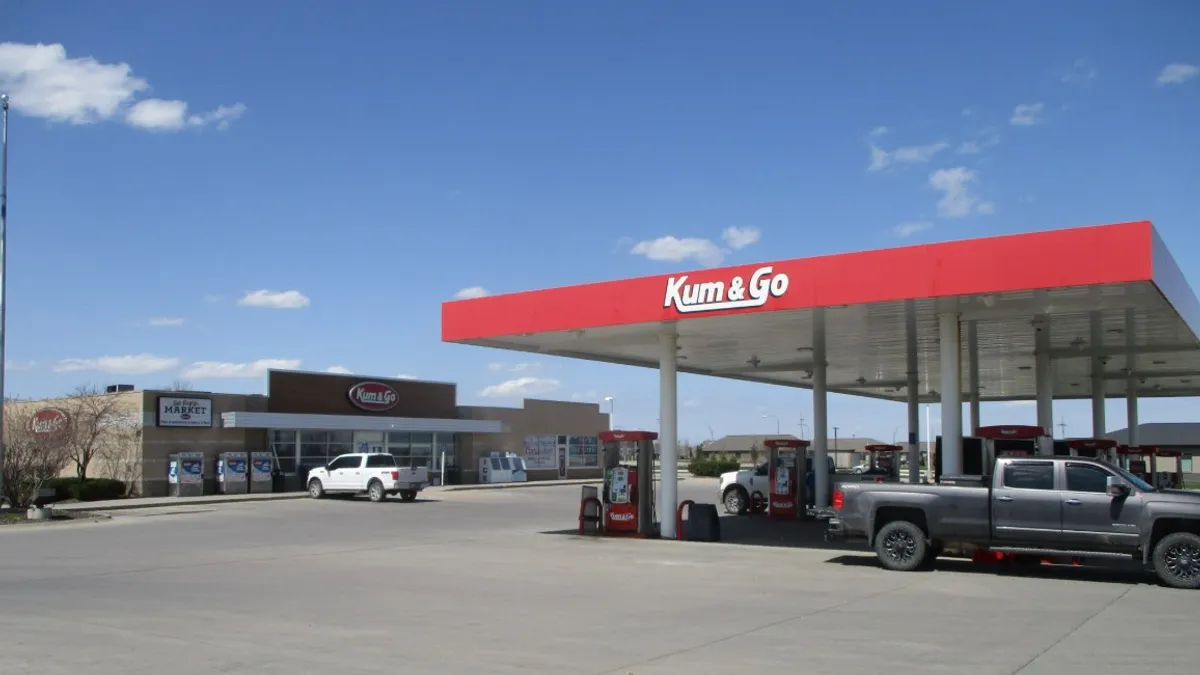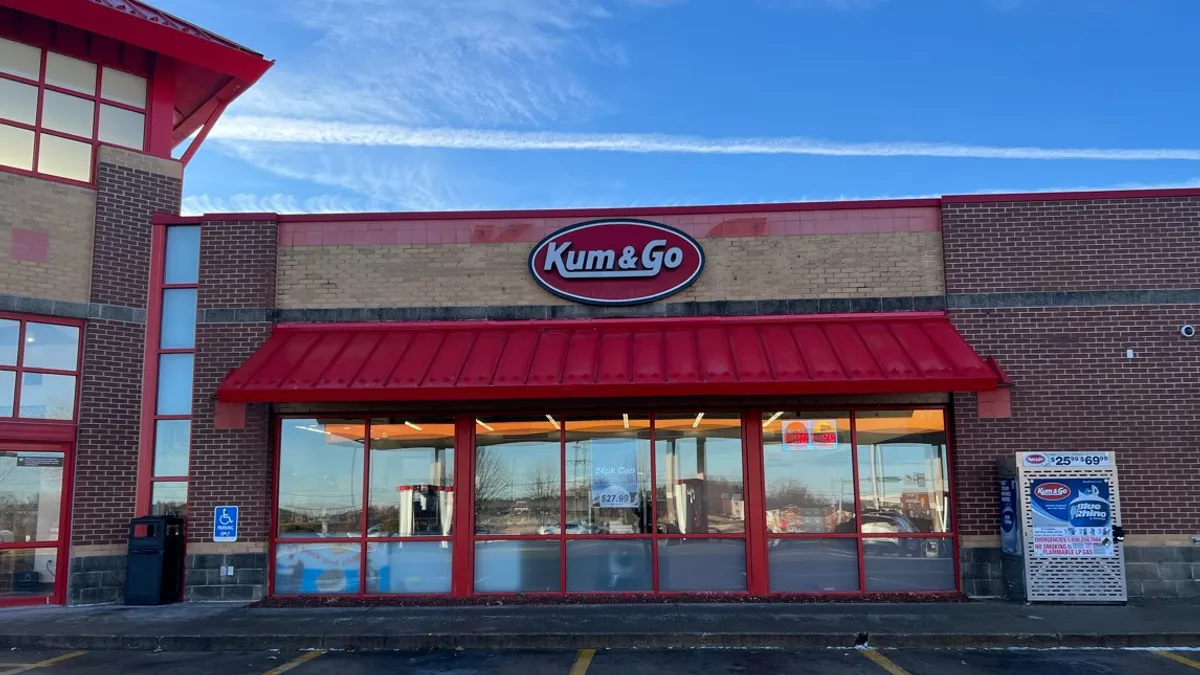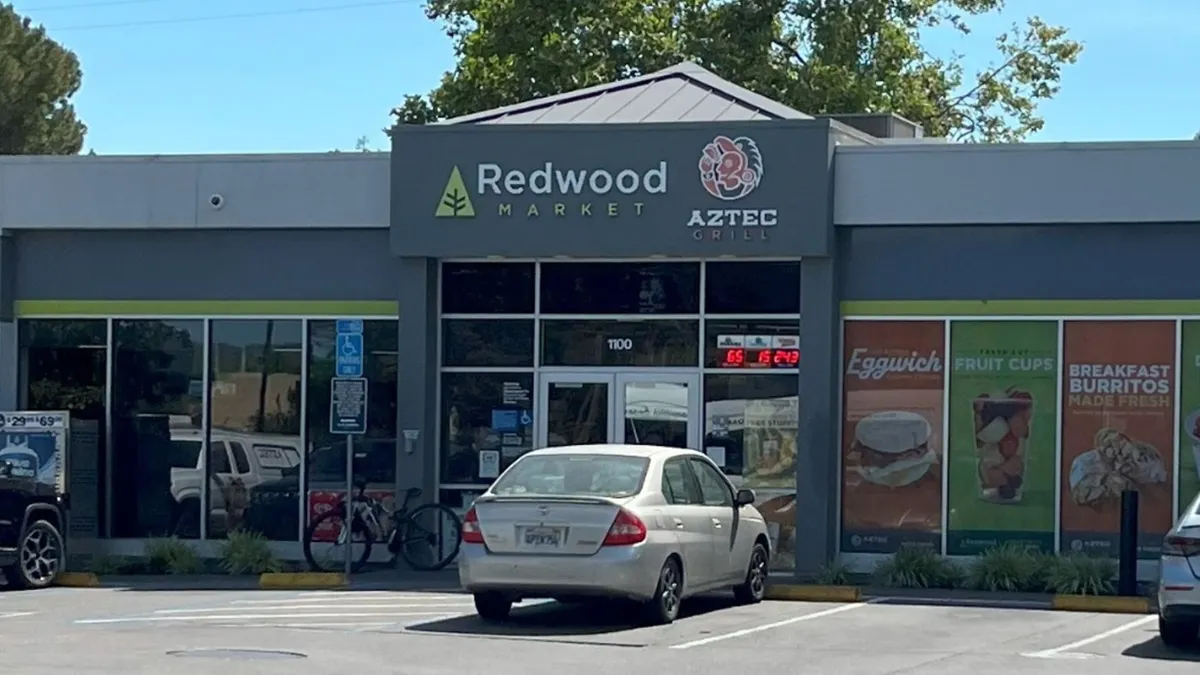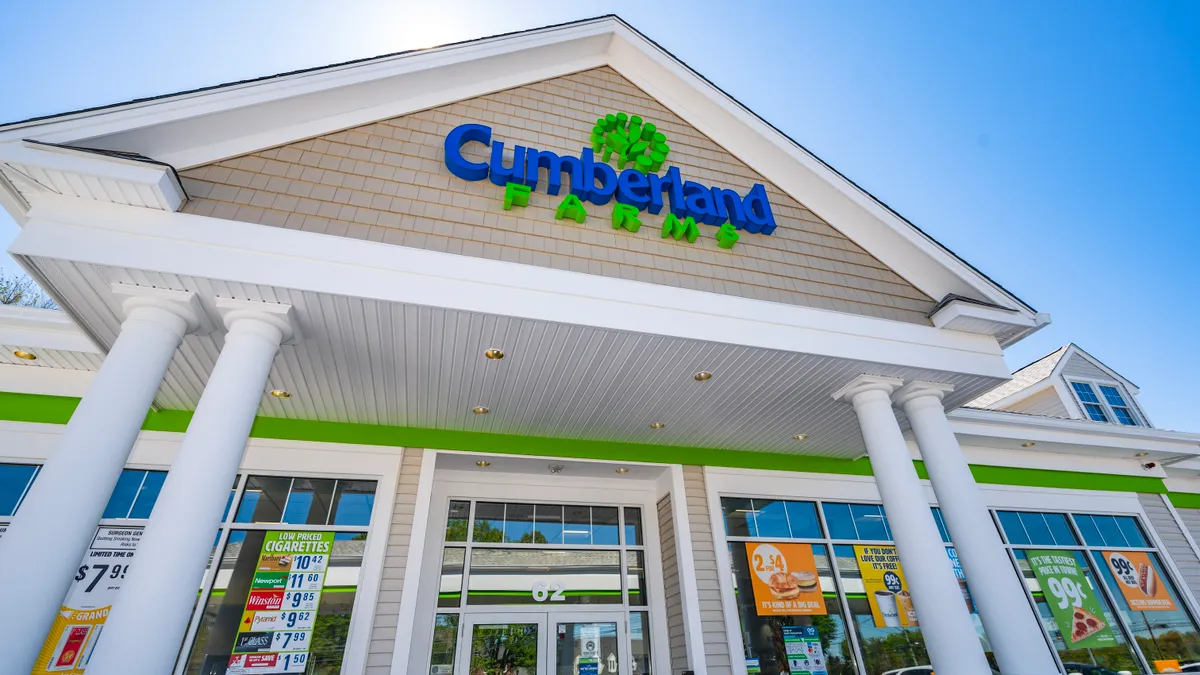Despite rapid consolidation among some of its biggest players, the U.S. convenience store industry is the healthiest it’s been in terms of overall store count since before the COVID-19 pandemic. As of January, there were 152,396 c-stores in the U.S. — a 1.5% increase from a year ago, and the most since 2020, according to NACS. Nearly every state increased its c-store count over the past year, with only seven seeing a decrease.
But no state has more c-stores than Texas, which, at 16,304 locations as of January, holds over 4,000 more sites than second-place California.
Texas has more than one out of every 10 c-stores in the U.S., according to NACS. 7-Eleven is headquartered near Dallas and operates over 1,360 stores in the state; Alimentation Couche-Tard, parent of Circle K, has over 650 stores in Texas; and QuikTrip, which is based in Oklahoma, has more stores in Texas — about 280 — than in any other state.
Top 5 states by c-store count
Growing in and expanding to Texas has become a focal point for both large and small convenience retailers over the past year, and especially in 2024.
Case in point: Midwest giant Casey’s General Stores entered Texas last November with a 22-location acquisition, then last month agreed to acquire 148 CEFCO c-stores from Fikes Wholesale. TXB has continued growing its footprint in the state by opening six new stores in 2024 with another on the way next year. And in one of the more surprising M&A moves in recent memory, FEMSA, the owner of Latin American c-store giant Oxxo, agreed to acquire Delek US Holdings’ 249 convenience stores — most of which are located in West Texas.
As the largest state in the contiguous U.S. by land, it makes sense that Texas would be a hotspot for c-stores. But the state’s draw for convenience retailers goes far beyond its size, experts say.
Desirable to build and live in
Despite Texas’ dominance when it comes to total number of c-stores, some analysts haven’t always viewed the Lone Star State as the epicenter of the c-store industry.
“It’s probably the mid-Atlantic, which is far and away the most aggressive and progressive [area for c-stores],” said David Marcotte, senior vice president for market research firm Kantar, where he leads insights on international retail, business processes and technology.
Marcotte is referring to areas like Pennsylvania, which has what he calls “ferocious” competition among c-store chains like Wawa, Sheetz, EG America, Rutter’s and GetGo Café + Markets. This competitive environment, Marcotte said, has resulted in “best-in-class” retail operations across the mid-Atlantic in recent years.
But in light of moves like those from Casey’s and FEMSA, Marcotte emphasized that Texas is a prime place for c-store retailers to build and acquire.
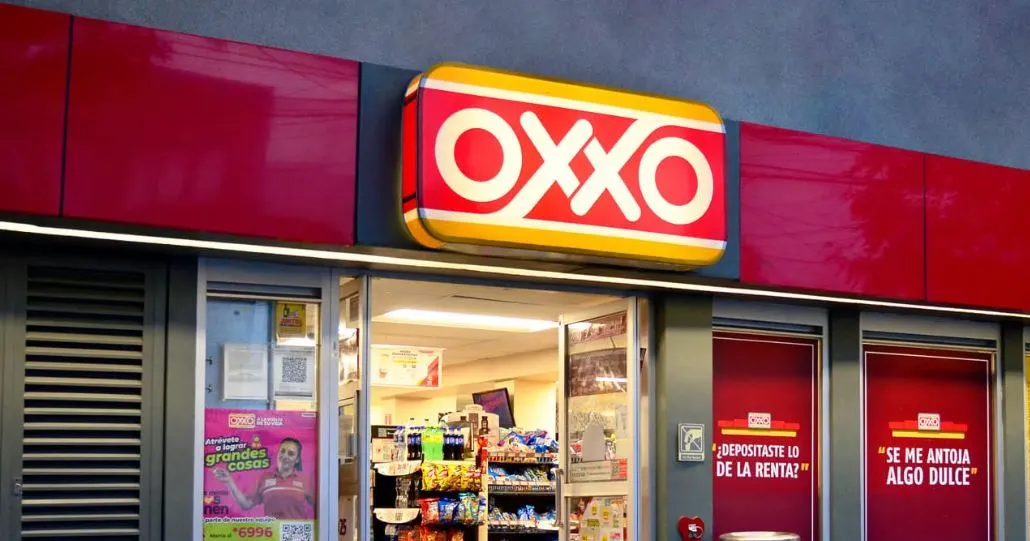
He pointed to a lack of zoning regulations in parts of Texas as a potential reason for the state’s surge in c-stores. Houston, for instance, is the biggest city in the U.S. that doesn’t have a city-wide comprehensive zoning ordinance.
“It's very easy to build in most of Texas because of the soil — all you need to do is pour a pad and you're off and running,” Marcotte said.
Another reason for the growth of c-stores in Texas, he noted, is that consumers are flocking to live there. The state added 473,453 new people in 2023, more than any other state last year, according to the U.S. Census Bureau. Texas has the second-highest total population in the U.S. behind California, which saw its population fall by over 75,000 in 2023, the Bureau reported.
Top 5 fastest growing states by population
Peter Rasmussen, founder and CEO of c-store consultancy Convenience and Energy Advisors, agrees that Texas’ rapid population growth is a likely reason for its surge in new c-stores. He said the same is happening across the South. Florida, for instance, ranked just behind Texas last year in pace of population growth.
“When you look at where a lot of the big [c-store] players are building right now, it’s in that Southern belt,” he said.
The growing population translates into more c-stores because Texans simply shop at c-stores more than consumers in other states, Marcotte said. He said this is due to the state’s widespread geography and car-first culture. Just 6% of households in Austin, for example, don't have cars.
“They shop in convenience stores in a way that other parts of the country don't quite,” Marcotte said. “Where you would go to the liquor store, go to the grocery store… a lot of people in Texas go to the convenience store.”



